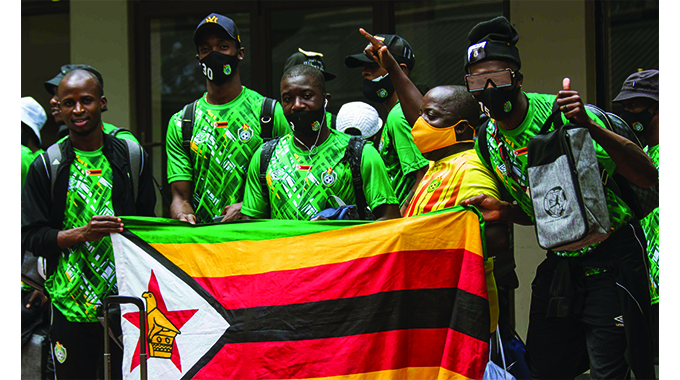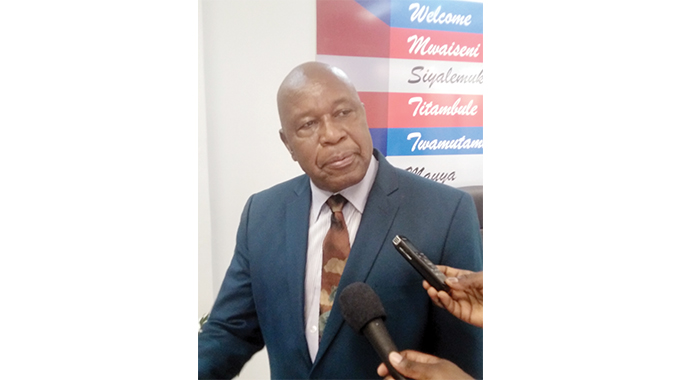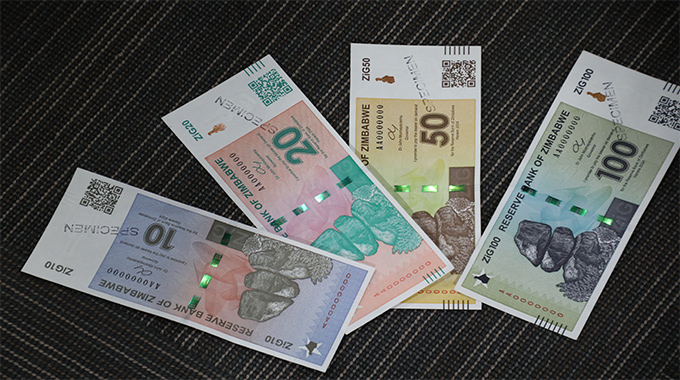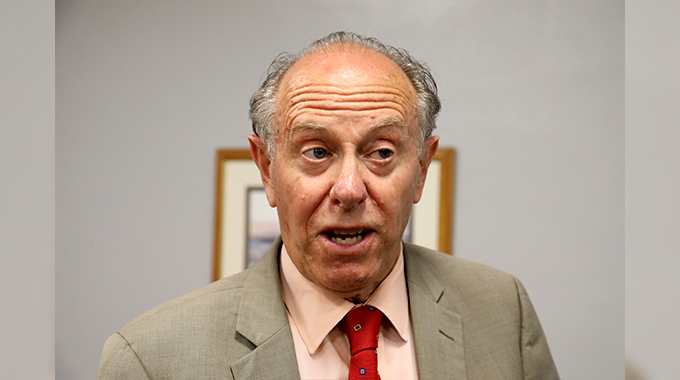COMMENT: The future of our agriculture is indeed bright

The youth livestock scheme which is being launched by President Mnangagwa in Kwekwe today, will go a long way in not only empowering the youth but improving the national herd.
Through this programme, poverty can be alleviated and upper-middle income status achieved. Before the launch, President Mnangagwa is expected to lead a clean-up campaign in Kwekwe’s city centre.
Acting Kwekwe District Development Coordinator (DDC), Mr Clemence Muduma said the President will officiate at the launch of the Midlands Youth Livestock Hub at DCK Farm on the outskirts of Kwekwe.
“The programme will see about 600 youths drawn from across the country receiving 600 heifers from the President to kickstart the project,” Mr Muduma said.
Since coming into office in 2017, the President has been working towards improving lives of the rural populace, youths and vulnerable groups in line with his promise that “no-one will be left behind”.
Due to recurring drought periods and economic demise, especially during the 2008-2009 period, many farmers lost their cattle and the national herd dwindled.
The youth in particular, are struggling to find their feet in agriculture despite general interest and relevant education.
We, therefore, praise the President for chipping in to assist the youth in getting into livestock production.
Producing quality breeding stock and beef will definitely put Zimbabwe back on the map and reclaim lost markets in Europe.
With the youth at the centre of national agriculture programmes, the future is indeed bright. Agriculture is not just for sustenance but is business.
No one understands this better than the youth. All over Africa, the youth are taking to social media to encourage, teach and share knowledge and markets in the field of agriculture.
A major agriculture revolution is unfolding in the continent and through efforts by President Mnangagwa, Zimbabwean youths will not be left behind.
In Zimbabwe, agriculture is the economy as it provides employment and income for 60-70 percent of the population, hence the need for robust programmes of action.
The youth livestock scheme is one of many programmes that have been rolled out by the President to revive the agriculture sector and restore the country’s “bread basket of Africa” status.
In August 2021, President Mnangagwa commissioned the Zimplats and Palmline Investment cattle ranching and a breeding project.
The livestock projects are part of Government’s Livestock Growth Plan which seeks to grow the sector to US$1,9 billion by 2025.
Under the plan, Government seeks to increase cattle numbers from a 2019 baseline of 5,4 million to 6 million in 2025, with a beef production of 90 000 tonnes and milk production up from 79,9 million litres to 150 million litres.
The programme also aims at increasing the national dairy herd from 38 000 in 2019 to 60 000 by 2025.
To complement the programme, this year the Veterinary Department will be setting up 100 new dip tanks countrywide.
The department will also be rehabilitating up to 2 000 damaged tanks as part of efforts to reduce the number of cattle succumbing to tick borne diseases.
It is no surprise that the agriculture sector has already hit the initial 2025 target of US$8,2 billion a year after the industry grew by 36,2 percent to US$8,19 billion in 2021.











Comments